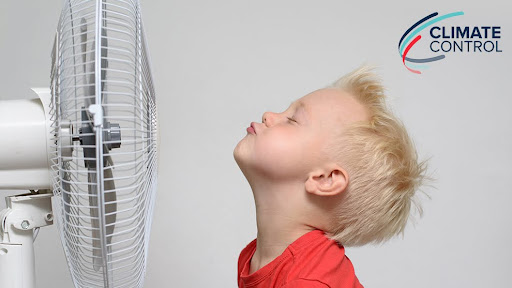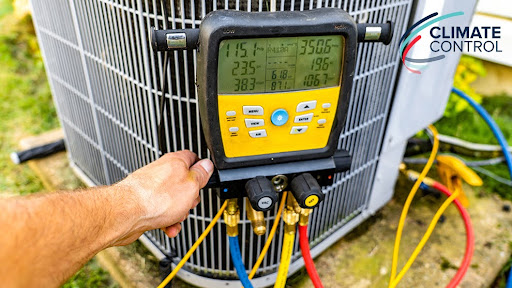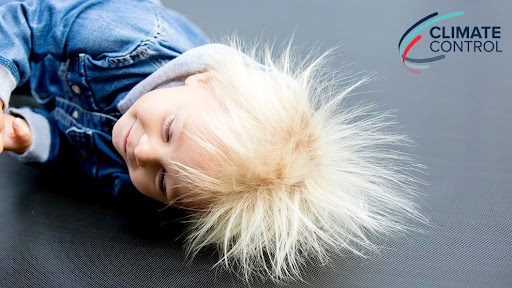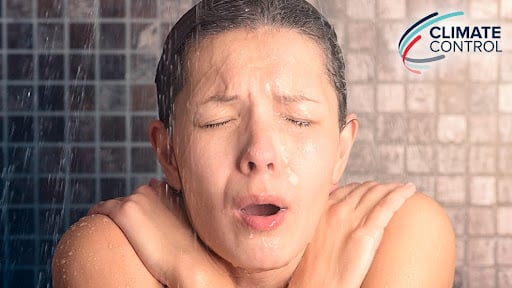Carbon monoxide poisoning can be serious. The colorless, odorless and tasteless gas is toxic to humans, causing symptoms that range in severity from a mild headache and dizziness to nausea, convulsions and even death. Poisoning can be caused by a number of situations that could occur in your Western Slope home, including:
- Cracked gas- or oil-fired furnace heat exchanger
- Malfunctioning gas water heater, stove or dryer
- Unvented charcoal grill
- Lawnmower or automobile left running near fresh-air intake vents
- Blocked chimney
All it takes to avoid carbon monoxide poisoning is a reliable carbon monoxide detector. Here are five tips to help you choose the right one:
- Types: While there’s a wide range of brands and styles, carbon monoxide detectors are usually categorized by where they get their power. You have two options: household current or battery-powered detectors.
- Standards: The Underwriters Laboratory (UL) updated the standard for CO detectors back in 1995. Devices that meet the standard are marked “UL 2034.” Under no circumstances should you purchase a carbon monoxide detector lacking this UL standard.
- Conditions you’re likely to encounter at home: Power outages are no match for battery-powered detectors, which will continue to protect your family even without power. A household current detector can be fitted with battery backup power to provide the same benefit.
- Cost: Both major types of carbon monoxide detectors cost between $30 and $50. However, installation of household current detectors may be more costly because of the possible need for hard wiring if an outlet isn’t nearby. Battery-operated detectors can be installed virtually anywhere.
- Maintenance: Household current detectors don’t require any maintenance for their entire lifetime, which is five to 10 years. Battery-powered detectors must have their batteries and sensor modules replaced every two to three years at the cost of about $20.
For more information about choosing a carbon monoxide detector for your Western Colorado home, please contact us at Climate Control Company.
Our goal is to help educate our customers in Aspen, Vail and the surrounding Western slope communities in Colorado about energy and home comfort issues (specific to HVAC systems). For more information about carbon monoxide detectors and other HVAC topics, please visit our website.
Image courtesy of Shutterstock






